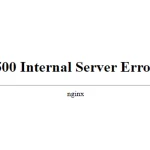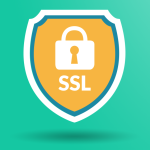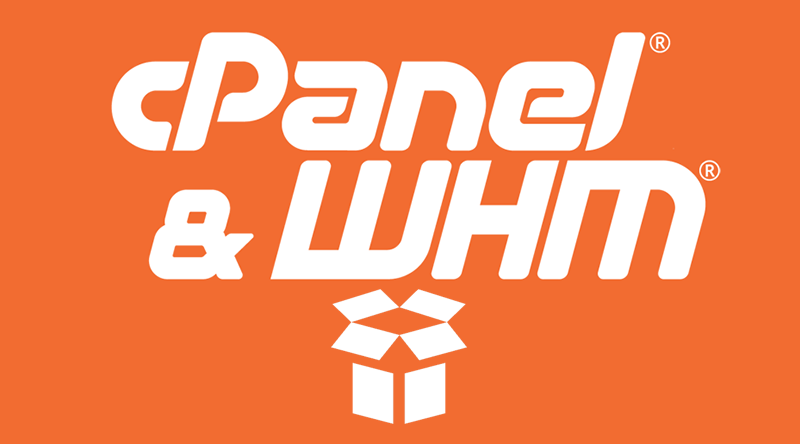How to handle payment processing on e commerce websites and ensure secure transactions?

Handling payment processing on an e-commerce website and ensuring secure transactions is crucial for building trust with your customers. Here are some steps to follow to handle payment processing securely:
Choose a reliable payment gateway: A payment gateway is a service provider that facilitates the secure transmission of payment data between your website and the acquiring bank. Research and select a reputable payment gateway that supports the payment methods your customers prefer and offers robust security features.
Secure your website with SSL/TLS: Secure Sockets Layer (SSL) or Transport Layer Security (TLS) encryption is essential for securing the communication between your website and your customers’ browsers. Obtain an SSL/TLS certificate to enable HTTPS encryption, which protects sensitive data during transmission, such as credit card information and personal details.
Implement PCI DSS compliance: Payment Card Industry Data Security Standard (PCI DSS) compliance is a set of security standards established by major credit card companies to protect cardholder data. Ensure your e-commerce website is compliant with PCI DSS requirements, which include maintaining a secure network, regularly monitoring and testing your systems, and implementing strong access control measures.
Tokenization and encryption: Implement tokenization and encryption techniques to protect sensitive payment data. Tokenization replaces the actual cardholder data with a unique identifier (token) during the transaction process, reducing the risk of data theft. Encryption ensures that payment data is encoded and can only be decrypted by authorized parties.
Enable two-factor authentication (2FA): Implement two-factor authentication for customer accounts, adding an extra layer of security. Require customers to verify their identity using a second factor, such as a unique code sent to their mobile device or email, in addition to their password.
Stay updated with security patches: Regularly update your e-commerce platform, content management system, and payment gateway to the latest versions. Software updates often include security patches that address known vulnerabilities and enhance the overall security of your website.
Use fraud prevention tools: Employ fraud prevention tools and services to minimize the risk of fraudulent transactions. These tools can detect suspicious activity, validate transactions, and perform risk assessments based on various factors, such as the customer’s location, IP address, and transaction history.
Educate customers about security measures: Provide clear information to your customers about the security measures you have in place to protect their payment data. Display trust seals, security badges, and privacy policies prominently on your website to instill confidence in your customers.
Regularly perform security audits: Conduct regular security audits to identify potential vulnerabilities and risks. Perform penetration testing, vulnerability scanning, and code reviews to ensure your website’s security measures are effective and up to date.
Maintain data protection practices: Implement strict data protection practices within your organization. Limit access to sensitive customer data, use strong passwords, and regularly train your staff on security protocols and best practices.
Remember, ensuring secure payment processing is an ongoing effort. Keep up with the latest security standards, follow industry best practices, and regularly assess and update your security measures to stay ahead of potential threats and protect your customers’ payment information.




















